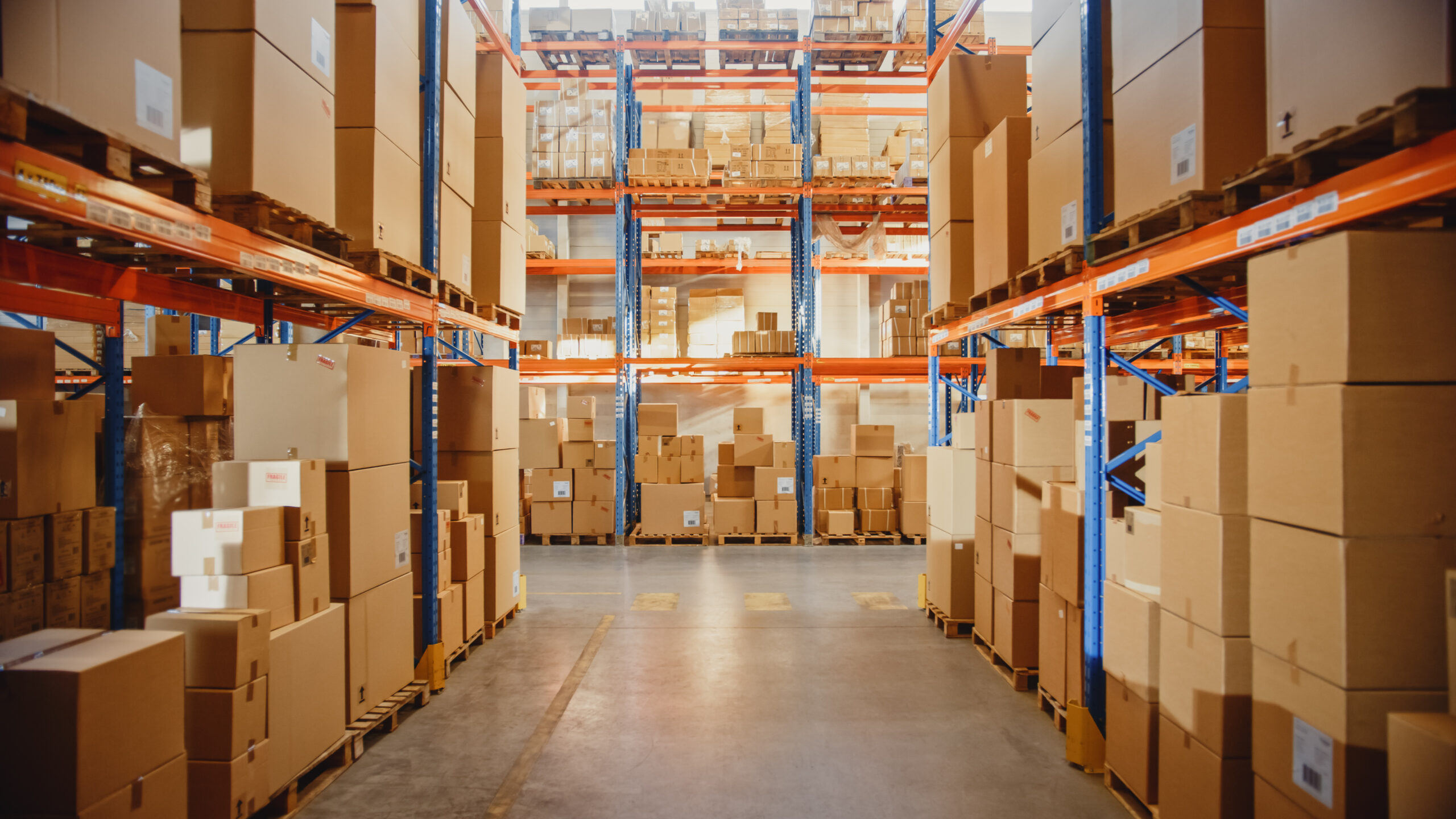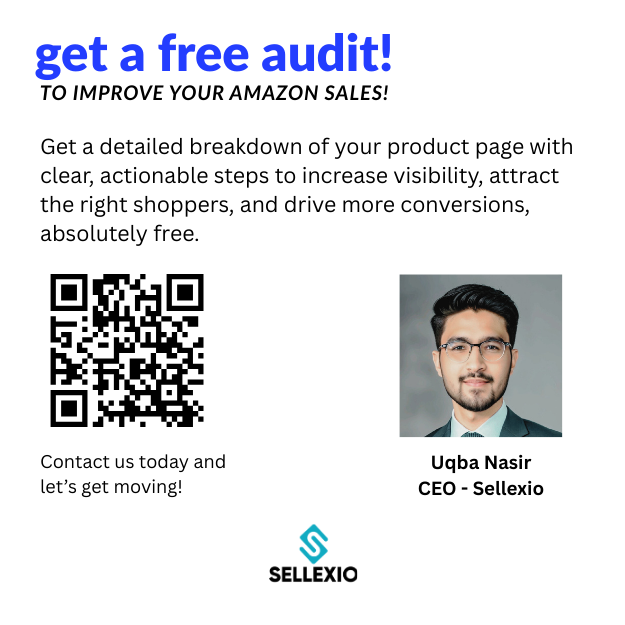Amazon is one of the world’s largest online marketplaces, with millions of products sold daily. For new and experienced sellers, wholesale is one of the best ways to build a long-term business on Amazon. Wholesale allows you to buy products in bulk from suppliers and resell them individually on Amazon. Unlike private label, this method does not require you to create a new brand from scratch. You focus on sourcing proven products that already have demand. If you want stability, predictable profits, and scalability, wholesale can be the perfect model. This guide explains how to find wholesale products to sell on Amazon and grow a profitable business in 2025.
Understanding Wholesale on Amazon

Wholesale on Amazon means buying products in large quantities from manufacturers or distributors and reselling them in smaller quantities to customers. Instead of creating a new product, you work with items that already exist in the market. Many of these products come from trusted and established brands. This makes it easier for you to sell because customers already know and trust the brand.
Amazon wholesale is different from retail arbitrage or private label. In retail arbitrage, you buy discounted products from stores and resell them. In private label, you create your own branded product. Wholesale is a middle path. You work with proven products, but you get them directly from suppliers in bulk, which gives you better profit margins and stability.
What is an Amazon Wholesale Business?
An Amazon wholesale business involves purchasing products from authorized distributors, suppliers, or directly from manufacturers. You buy them at wholesale prices, then sell them individually at retail prices on Amazon.
This model is less risky than private label because you are not introducing a new product. Instead, you are selling items that already have demand and sales history. For example, if you buy 1000 units of a popular kitchen accessory, you know customers are already searching for it.
Wholesale also helps you avoid heavy costs like product design, brand registration, or marketing campaigns. You rely on the reputation of existing brands. Many Amazon wholesale sellers use FBA (Fulfillment by Amazon), which makes storage, shipping, and returns management much easier.
Types of Amazon Wholesale Business Models
Reseller Model
You buy branded products in bulk from suppliers and resell them on Amazon. This is the most common wholesale model.
Private Label Wholesale
You buy generic items in bulk, add your own packaging or logo, and sell them as your brand. This combines wholesale buying power with brand control.
Exclusive Brand Partnerships
You form a partnership with a brand to become their exclusive or primary Amazon seller. This reduces competition and increases your control over pricing.
B2B Wholesale on Amazon
You sell directly to business customers through Amazon’s B2B platform. Many companies prefer bulk orders for office supplies, electronics, or tools.
Wholesale Dropshipping
You partner with a wholesale supplier who manages storage and shipping. You list the products on Amazon while the supplier fulfills the orders.
Benefits of Selling Wholesale Products on Amazon
- Lower startup costs – You avoid product development and branding expenses.
- Trusted demand – Customers already know the brands you sell.
- Higher margins – Bulk buying reduces costs per unit.
- Faster setup – No need to create a new brand or design packaging.
- Flexibility – You can sell across multiple categories.
- Scalability – Add more suppliers and products as you grow.
Wholesale makes it possible to start small and scale into a multi-million-dollar business if managed properly.
How to Find Wholesale Products to Sell on Amazon
Step 1: Identify Profitable Categories
Start by exploring categories that have high demand. Look at Amazon’s Best Sellers list, Product Opportunity Explorer, or tools like Jungle Scout and Helium 10. Categories like kitchen tools, beauty, electronics, home improvement, and pet supplies are usually strong.
Step 2: Research Wholesale Suppliers
Once you know which products you want to sell, look for suppliers. Popular platforms include Alibaba, ImportYeti, and industry directories. You can also attend trade shows to connect directly with suppliers. Always check supplier reliability by reviewing licenses, reviews, and customer feedback.
Step 3: Verify Product Quality
Before placing a large order, always request product samples. This helps you check quality and confirm that the product meets Amazon standards.
Step 4: Calculate Costs and Margins
Use Amazon FBA calculators to check if the product is profitable after fees. Aim for at least a 30 percent profit margin. Include shipping, customs, and Amazon fees in your calculation.
Step 5: Check Category Restrictions
Some categories on Amazon require approval. For example, health and personal care, groceries, and certain electronics. Always confirm before investing.
Step 6: Build Strong Supplier Relationships
Suppliers are your long-term partners. A good relationship can lead to better pricing, faster delivery, and early access to new products.
Key Criteria for Selecting the Right Wholesale Products
- Demand: Products should have steady demand and high sales volume.
- Margins: Profit margins should be healthy even after fees.
- Restrictions: Ensure the product is not restricted on Amazon.
- Supplier reliability: Only work with verified suppliers.
- Size and weight: Smaller products usually offer better margins due to lower shipping costs.
- Competition: Moderate competition is ideal. Avoid overly saturated products.
Top Platforms to Find Wholesale Products
- Helium 10: Market research, product discovery, and keyword tools.
- Jungle Scout: Product database, opportunity finder, and supplier database.
- AMZScout: Chrome extension and product database with sales insights.
- ZonGuru: Niche finder and supplier connection tool.
- SmartScout: Data-driven insights on sellers, brands, and categories.
- Seller Assistant: Profit calculators and supplier analysis.
- ImportYeti: Supplier discovery using shipping data.
- Zignify: End-to-end product sourcing support.
- Tactical Arbitrage: Advanced sourcing and profit forecasting.
- Alibaba: The world’s largest B2B marketplace for bulk buying.
Best Practices for Finding Wholesale Products
- Always verify supplier licenses.
- Avoid counterfeit and grey-market goods.
- Negotiate minimum order quantities.
- Compare multiple suppliers for pricing.
- Start small with test orders.
- Monitor sales rank and reviews before investing heavily.
Common Mistakes to Avoid
- Choosing oversaturated products with too many sellers.
- Ignoring Amazon’s category restrictions.
- Miscalculating profit margins.
- Relying on unverified suppliers.
- Skipping product quality checks.
Strategies to Grow Your Wholesale Business
- Diversify product categories.
- Use Amazon SEO to optimize product listings.
- Invest in Amazon PPC to increase visibility.
- Automate inventory management with tools.
- Expand into Amazon B2B sales.
- Build exclusive partnerships with brands.
Final Thoughts
Selling wholesale products on Amazon is one of the most reliable ways to build a profitable online business. It reduces risk because you work with established products and trusted brands. The key to success is research, supplier selection, and margin analysis. By following the steps in this guide, you can find the right wholesale products, build lasting supplier partnerships, and grow a stable Amazon business in 2025.
FAQs On Wholesale Products to Sell on Amazon
Yes, wholesale remains profitable because customers continue to trust branded products.
On average, you need between $2000 and $5000 to start.
Yes, some categories require approval. Always check before ordering inventory.
Yes, you can use FBM, but FBA is preferred for better logistics and Prime eligibility.
Alibaba, Jungle Scout, and Helium 10 are among the most recommended.
Wholesale means selling existing branded products that already have demand, while private label involves creating your own brand. Wholesale requires less investment in branding and marketing, while private label offers more control but higher risk.
Yes, in most cases, you need a business license, resale certificate, or tax ID (EIN) to buy directly from wholesale suppliers. Many suppliers only sell to registered businesses.
Work only with verified suppliers. Request business licenses, review shipping records, and ask for product samples before placing bulk orders. Avoid suppliers who cannot provide proper documentation.
Yes, negotiation is common in wholesale. You can ask for lower minimum order quantities (MOQs), better pricing, or discounts for bulk orders. Building long-term relationships often leads to better deals.
Popular categories include kitchen tools, beauty and personal care, home improvement, electronics, and pet supplies. However, it’s best to choose products with consistent demand and moderate competition.
Use Amazon’s FBA calculator or tools like Helium 10 and Jungle Scout. Always include shipping, customs, FBA fees, and packaging costs when calculating profitability.
Yes, Amazon Business allows you to sell in bulk directly to companies. B2B wholesale can increase order volume and provide steady revenue streams.
Yes, some sellers start with wholesale to build cash flow and later launch private label products. This approach balances stability with long-term brand growth.
Choose products with moderate competition. Use SEO, Amazon PPC, and strong supplier partnerships to gain an edge. Avoid products with hundreds of sellers.
The biggest risk is buying too much inventory of a product that doesn’t sell as expected. To reduce risk, start with small test orders before scaling.


